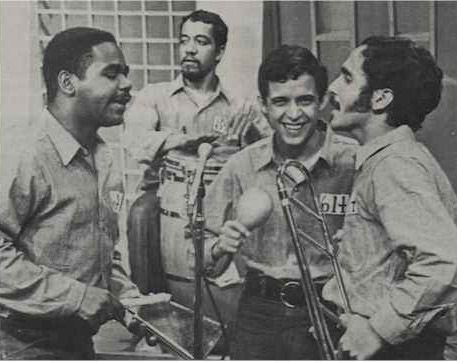Salsa was born in the northernmost Caribbean city: New York. Various traditional Afro-Caribbean styles converged in this new musical genre or form built on the foundation of Cuban son music. Thus arose the old argument by Cuban musicians that salsa was a new way of playing Cuban music. However, as César Miguel Rondón explains in his book Libro de la salsa: Crónica de la música del Caribe urbano:
Salsa, well, it’s something more than old Cuban music, it’s more than a label and a style that isn’t essential for writing music. Salsa was born in the Latino barrios of New York. There, youths who lived the back and forth of international popular culture, listening to rock music, soaking in all of the values spread by U.S. advertising, moving in desperation between authenticity and rootlessness, began to use salsa as the only form capable of capturing their daily lives.
Salsa was situated among the conglomeration of Caribbean musical forms that have been instruments of social, ethnical and cultural representation. The roughness that characterizes it evolved from the tumultuous era of its birth and development in the 1960s and 1970s in New York City. Salsa reflected the difficult experiences and daily life of the Spanish Caribbean migration. Its harsh tone, infused with the free combination of tones and harmonies, reflected the constant regeneration of collective transnational identities, especially for the Puerto Ricans in the New York urban area. From there, it went on to become the banner for a simultaneously recalcitrant and innovative Puerto Rican identity.
–Excerpted from Enciclopedia Puerto Rico: https://enciclopediapr.org/en/encyclopedia/salsa-a-trans-caribbean-socio-musical-phenomenon/

